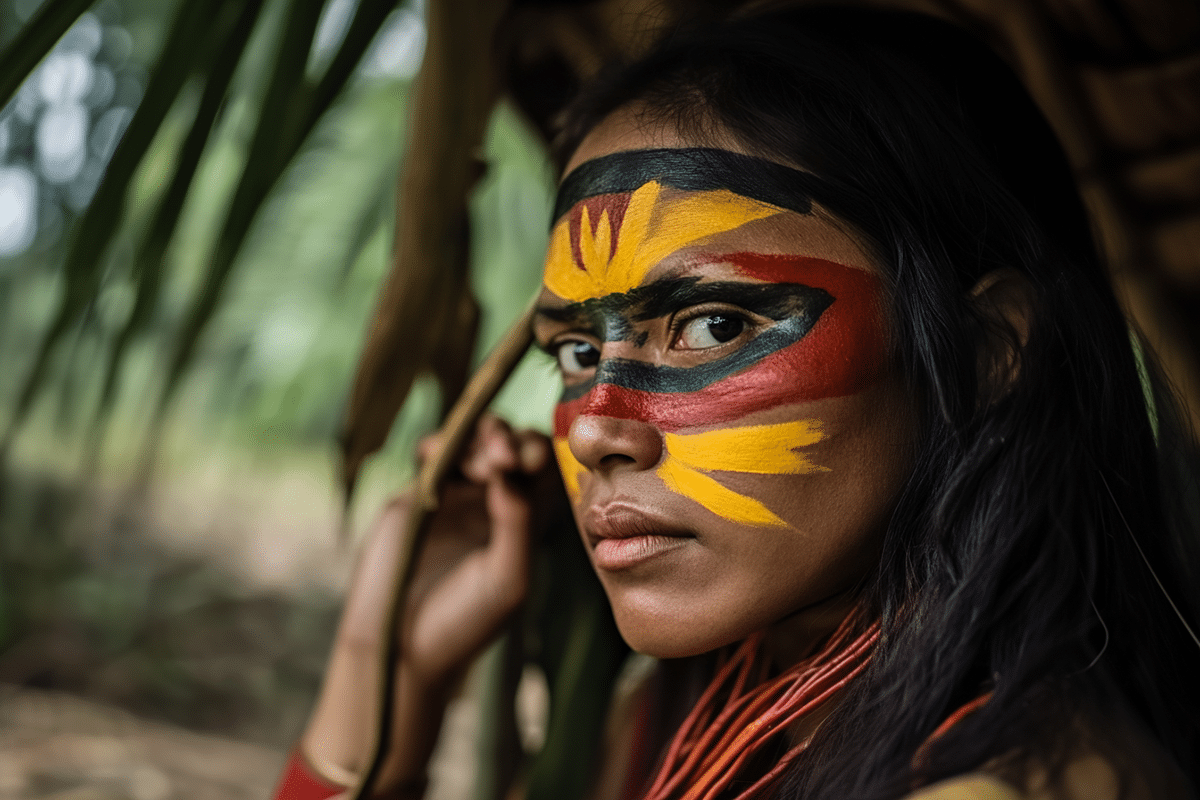Deep in the western Amazon, the Ashaninka tribe has achieved a remarkable feat—restoring their ancestral territory along the Amonia River. Their success in rebuilding their land and cultivating a self-sufficient community has turned into a model for preserving Indigenous lands across the region. Now, the Ashaninka are leading a groundbreaking effort to expand these practices to other Indigenous territories, ensuring the protection of over 640,000 hectares of rainforest.
The Ashaninka’s recent annual celebration in the village of Apiwtxa highlighted this achievement. The multi-day event, which included traditional music, dancing, and rituals, symbolized the tribe’s connection to their land and the success of their reforestation efforts. The village’s self-sufficiency—supported by the cultivation of crops, fishponds, and forest preservation—is now a beacon for 12 other Indigenous territories in the western Amazon.
Expanding Forest Protection Efforts
In November, the Organization of Indigenous People of the Jurua River (OPIRJ), which the Ashaninka helped establish, secured $6.8 million in funding from the Amazon Fund. The funding will be used to replicate the success of Apiwtxa across neighboring Indigenous territories. The grant is focused on improving land management, promoting sustainable food production, and strengthening cultural ties while enhancing forest surveillance.
For the Ashaninka, this effort goes beyond land management. The tribe sees this expansion as a necessary cultural change, essential for preserving both life and the environment. The Ashaninka have long demonstrated their ability to sustainably manage forests, with their territory being among the least deforested in the Amazon. Only 0.03% of the Ashaninka’s land has been deforested, a sharp contrast to the rest of the Amazon, where deforestation is more common due to illegal activities by non-Indigenous land-grabbers.
From Degradation to Self-Sufficiency
The Ashaninka’s story of success began 32 years ago, when the Brazilian government officially recognized their territorial rights. Before this recognition, their land had been overtaken by cattle ranchers and loggers, leaving the forest severely degraded and the Indigenous population living in fear. With the legal recognition of their territory, the Ashaninka were able to push out non-Indigenous settlers and begin reforestation efforts, transforming the once depleted land into a flourishing ecosystem.
Apiwtxa, the tribe’s main village, is now a hub of sustainability. Each of the 80 families in the village is responsible for managing a portion of the forest, ensuring the preservation of fruit trees and medicinal plants. Agricultural plots surrounding the village provide food, while traditional huts are surrounded by fishponds and areas for growing crops like cassava, bananas, and potatoes. This self-sufficiency supports not only the village but also their school and cultural traditions.
Building Regional Partnerships
Recognizing the importance of working beyond their territory, the Ashaninka have built partnerships with neighboring Indigenous and non-Indigenous communities. This collaboration creates a buffer zone, helping to protect the forest from outside threats like illegal logging and mining.
In 2007, the Ashaninka founded the Knowledge of the Forest Center, a project focused on integrating sustainable agriculture with forest preservation. Located near the town of Marechal Thaumaturgo, the center serves as a venue for events and a processing site for local agricultural products. Through these efforts, the Ashaninka are fostering relationships with non-Indigenous allies and spreading their sustainable land management practices across the region.
Challenges Ahead
While the Ashaninka’s efforts have been largely successful, climate change poses a growing challenge. In recent years, record droughts have affected local production, and rising river temperatures have caused significant disruption to the community’s way of life. The Ashaninka are now focusing on adapting to these changes by improving water access, managing fire risks, and identifying the best areas for housing and farming.
One of the neighboring territories benefiting from the OPIRJ project is Apolima-Arara, a recently demarcated Indigenous land. The Ashaninka’s example has inspired the Apolima-Arara, who are working to restore their deforested areas and improve agricultural production. With the help of the OPIRJ project, they have received agricultural equipment and boats for territorial surveillance, making strides toward the same self-sufficiency that the Ashaninka have achieved.
As the Ashaninka continue to protect and expand their efforts across the western Amazon, their success stands as a powerful testament to the vital role Indigenous communities play in forest conservation. Through sustainable practices and strong partnerships, they are shaping the future of the Amazon, one territory at a time.





